Family Agriolimacidae Higher classification Deroceras | Superfamily Limacoidea Genus Deroceras Rank Species | |
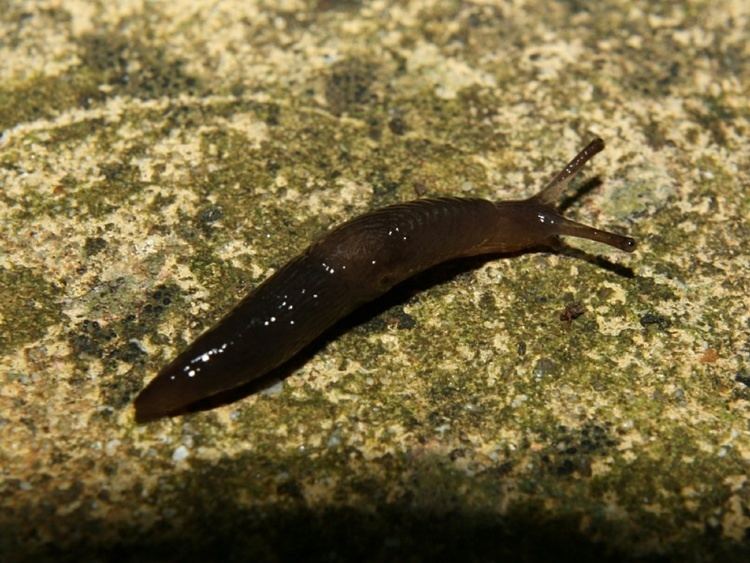 | ||
Similar Deroceras, Gastropods, Molluscs, Deroceras reticulatum, Agriolimacidae | ||
Deroceras laeve m ller 1774 meadow slug feeding on cat food
Deroceras laeve, the marsh slug, is a species of small air-breathing land slug, a terrestrial pulmonate gastropod mollusk in the family Agriolimacidae.
Contents
- Deroceras laeve m ller 1774 meadow slug feeding on cat food
- Deroceras laeve m ller 1774 meadow slug
- Distribution
- Description
- Habitat
- Feeding habits
- Life cycle
- Parasites
- References
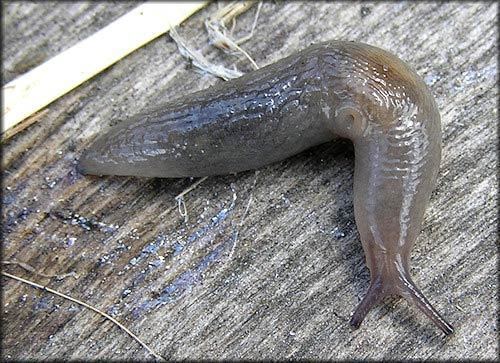
Deroceras laeve m ller 1774 meadow slug
Distribution

The distribution of Deroceras laeve was originally Palearctic, from the subpolar zones to the southern margins. Today this slug species has been introduced worldwide except Antarctica, also on tropical islands such as New Guinea and on Pacific islands.
Europe:
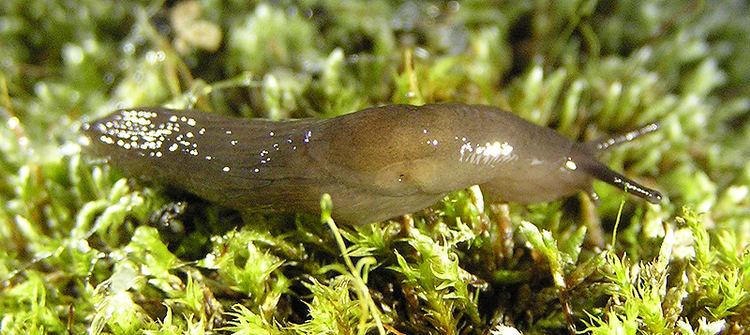
Asia:
The Americas:
Description
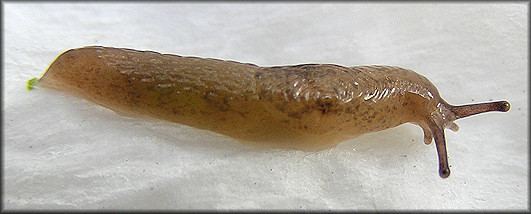
The slug is from brown to dark brown, usually with dark and characteristic but not well visible spots arranged in groups. The shape is almost cylindrical, posterior end is abruptly widened. The mantle covers 50% of body length (unusually large). There are wrinkles on skin present (may disappear in preserved slugs). Mucus is thin, colourless.
This slug is 15–25 mm long when preserved.
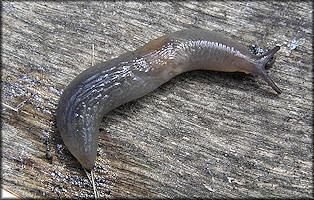
The populations of this species that occur in Central Europe are much darker than other Deroceras species in that area.
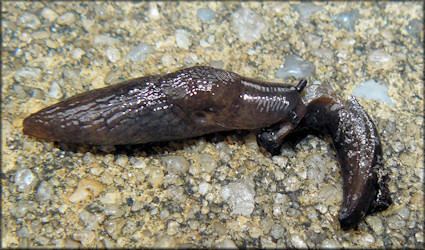
Reproductive system: Penis is often reduced, elongated if present, without proper penial gland but with two or more tiny glandular papillae and its end. Retractor is unforked and attached at half penis length, stimulator small, cone-shaped but looks more like a papilla. Tubular oviductus and atrium are unusually long. There is no rectal caecum.
Habitat
Deroceras laeve has high ecological tolerance, but needs permanently wet habitats. It is usually found in lowlands and very humid habitats, swamps, riversides, wetlands, especially alder and oak woods, marshlands and degraded areas, also greenhouses, often near water under wood or detritus. It tolerates subpolar and tropical temperatures. Newly created habitats are often colonized after a few years. In Switzerland in up to 1800 m altitude, but usually below 1000 m, in Bulgaria in up to 2500 m.
Deroceras laeve can be a serious pest in greenhouses. On the other hand, the species is threatened by continuous elimination of wet habitats by drainage, construction projects and road construction.
It is the only land gastropod that goes deliberately into the water and can survive for days submerged. Because of this unusual behavior, the species can be dispersed by flowing water.
Feeding habits
These slugs are agile and crawl quickly. They are omnivorous, but live and dead plant remains are preferred.
Life cycle
The eggs of this species can also survive when submerged; juveniles can hatch underwater and then climb to the surface.
The life cycle is extremely short, and can take place within less than a month. This species can have up to 5 generations in a year, with several generations alive at the same time. Frequently there are forms with a reduced penis, which reproduce by self-fertilisation. The maximum age of this slug is not more than 1 year.
Parasites
Parasites of Deroceras laeve include:
